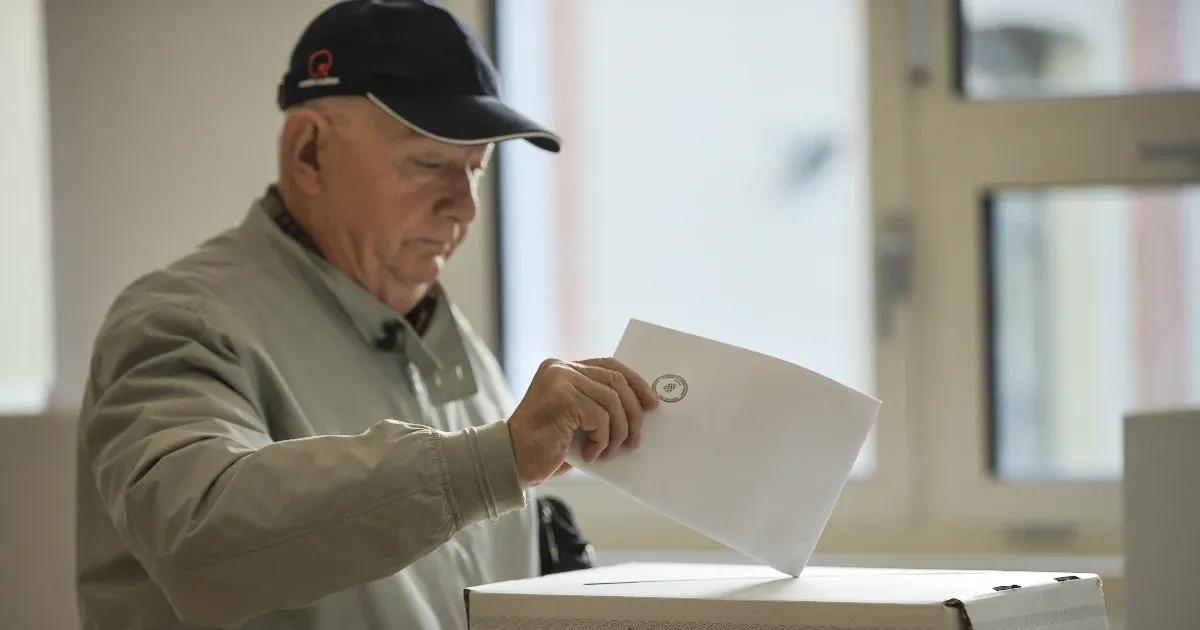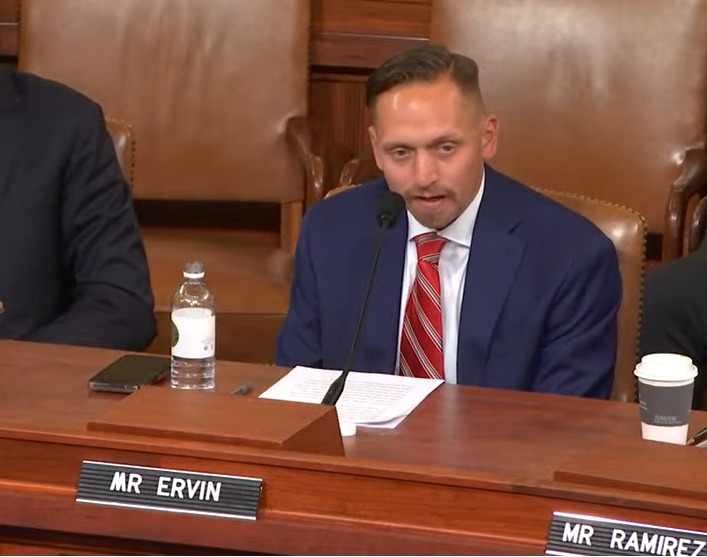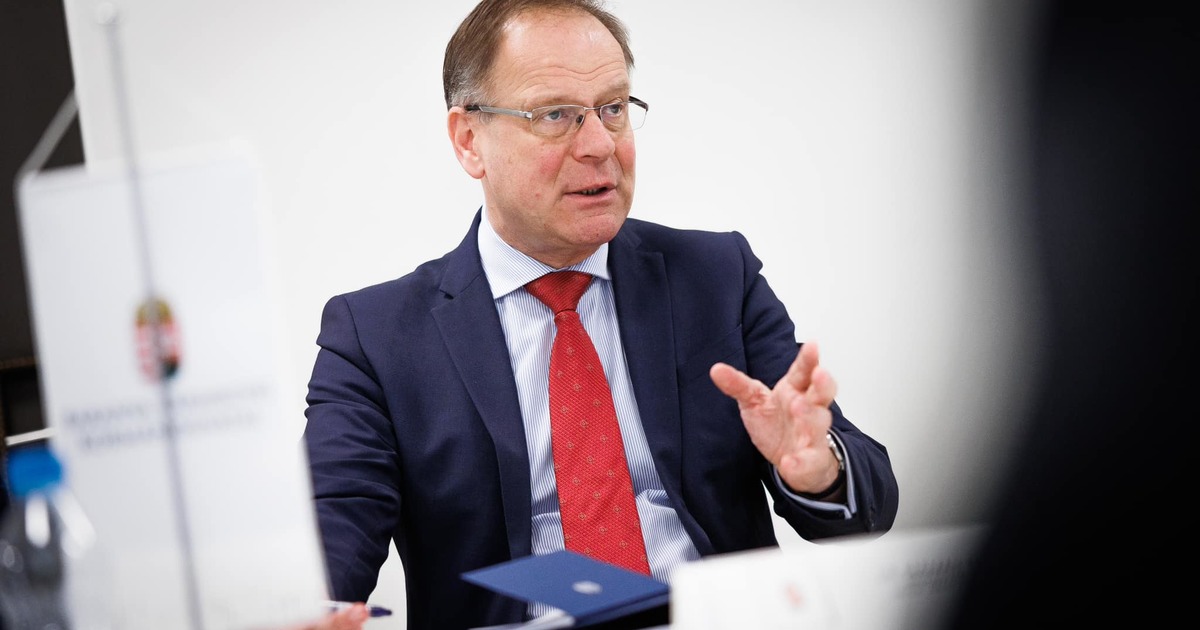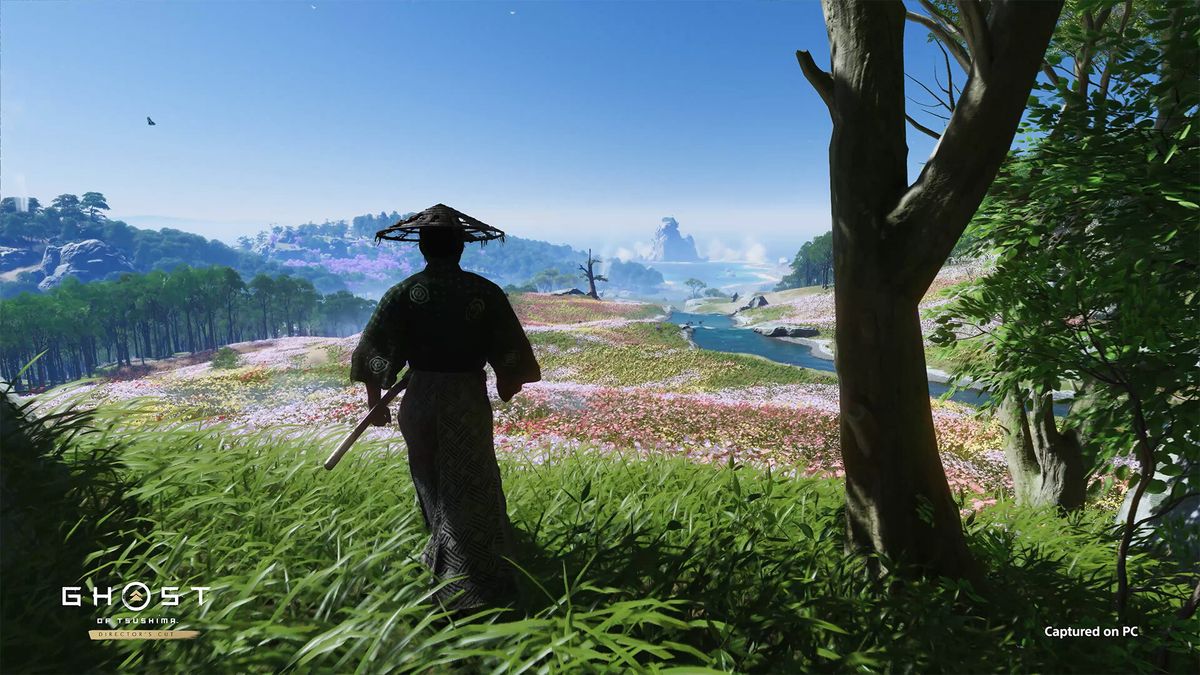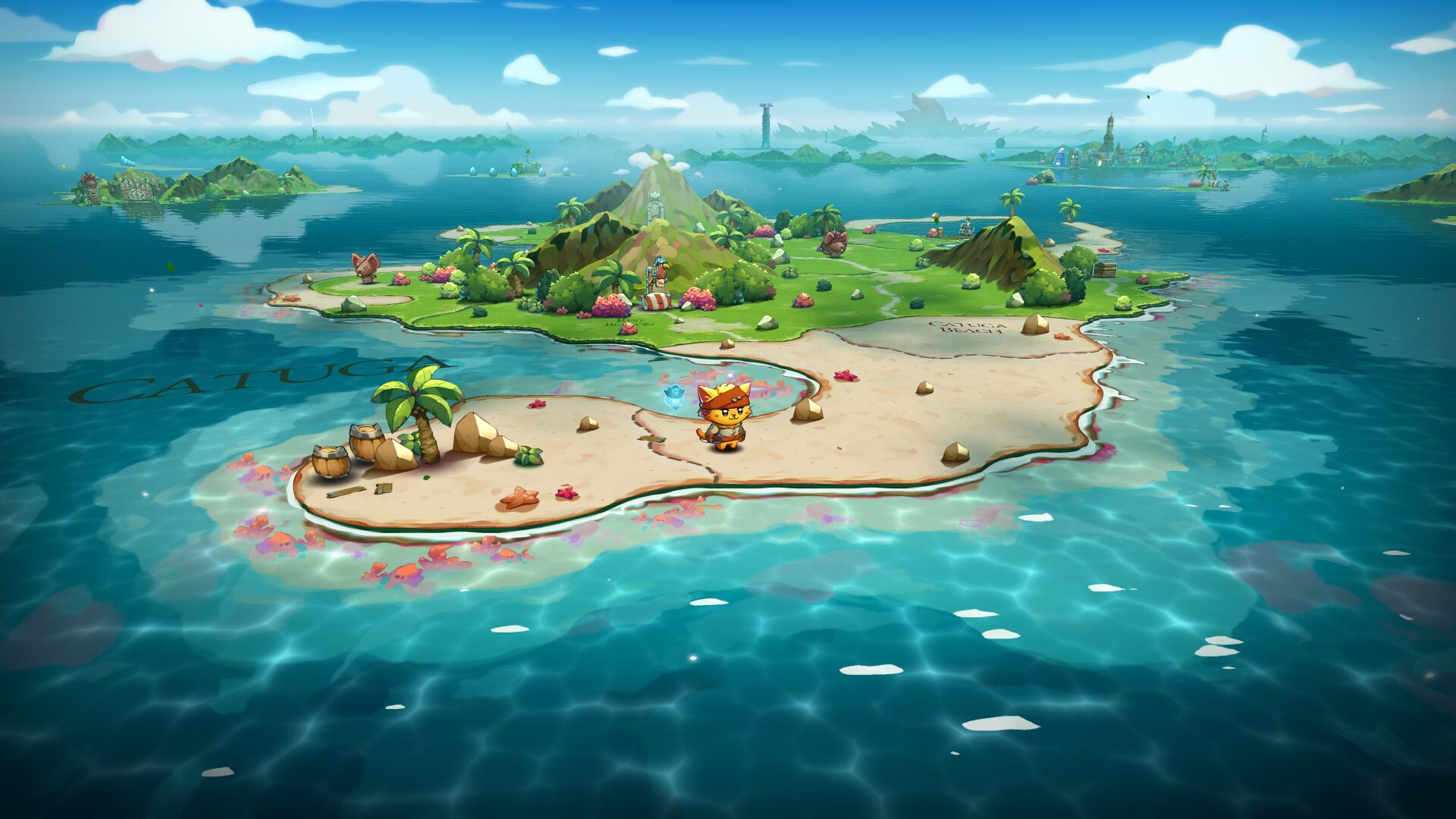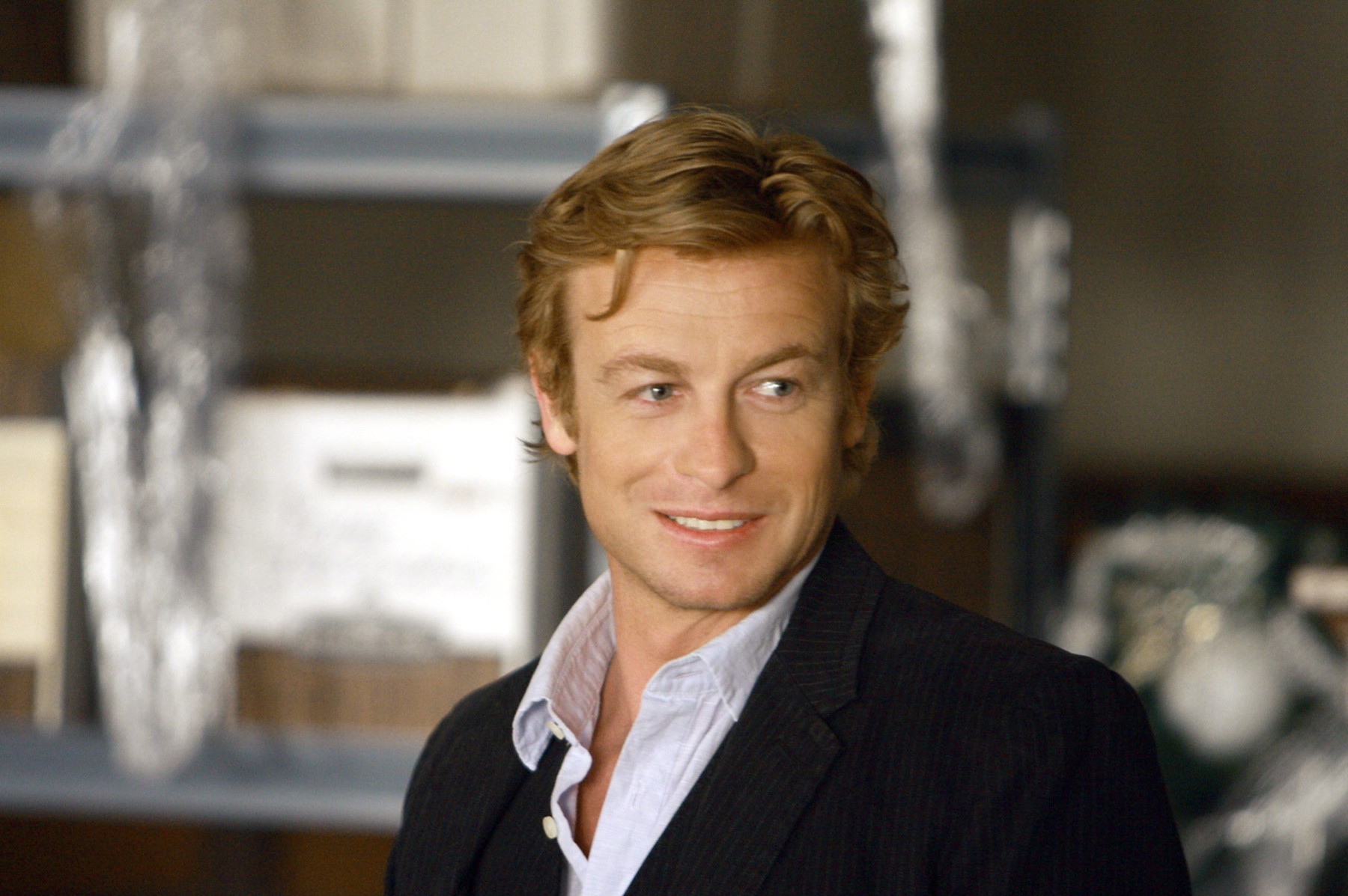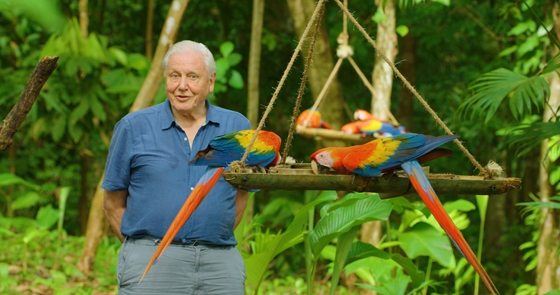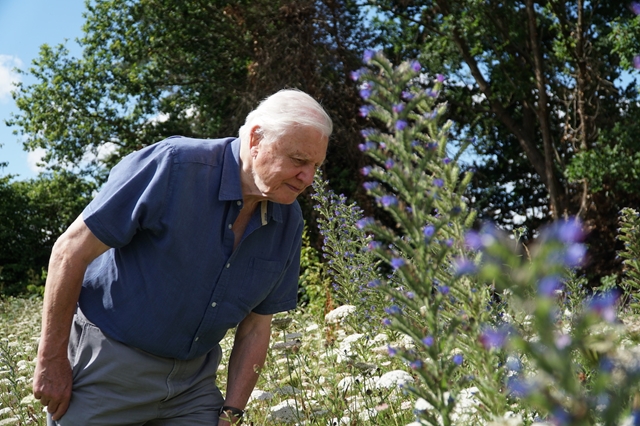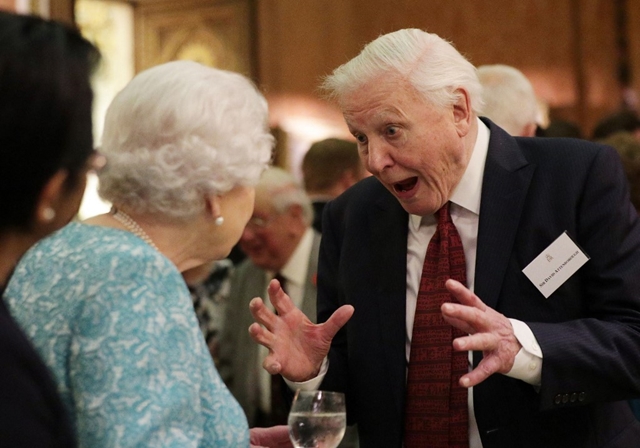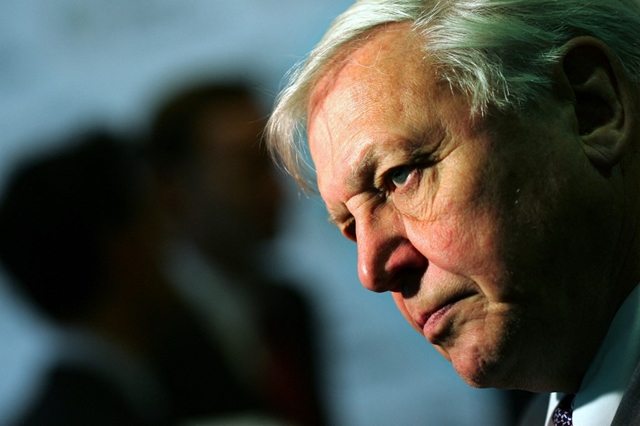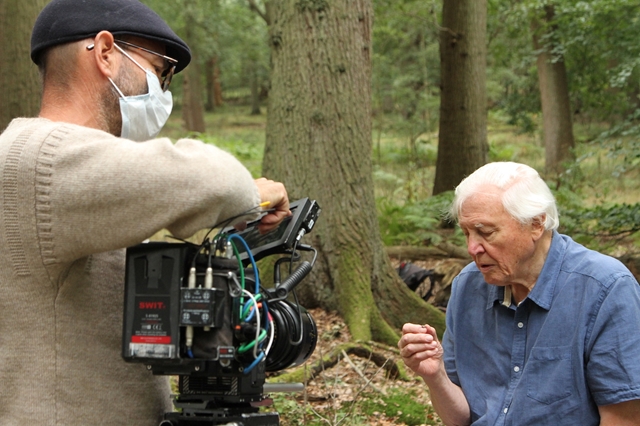[{“available”:true,”c_guid”:”5b5c8009-ce9f-4db0-9ec7-d3be46b487bd”,”c_author”:”Dobos Emese”,”category”:”kkv”,”description”:”Egyre többen vásárolnak hazai tervezőktől vidéki településekről is, és sokakat elfordított a fast fashiontől a koronavírus-járvány időszaka. Arról azonban, hogy igénylik-e az emberek a leértékeléseket, megoszlanak a vélemények. Hazai dizájnereket és a termékeiket értékesítő üzleteket kérdeztük meg arról, hogy látják: egy év elteltével továbbra is tart-e még az a hullám, hogy a helyi alkotók felé fordulnak az emberek. “,”shortLead”:”Egyre többen vásárolnak hazai tervezőktől vidéki településekről is, és sokakat elfordított a fast fashiontől…”,”id”:”20210507_magyar_termek_divat_dizajn_covid”,”image”:”https://img1.hvg.hu/image.aspx?id=5b5c8009-ce9f-4db0-9ec7-d3be46b487bd&view=ffdb5e3a-e632-4abc-b367-3d9b3bb5573b”,”index”:0,”item”:”c0d32ac0-65b2-4830-adf4-8f768e27890c”,”keywords”:null,”link”:”/kkv/20210507_magyar_termek_divat_dizajn_covid”,”timestamp”:”2021. május. 07. 17:00″,”title”:”Jöttek, láttak és nagyon úgy tűnik, maradnak is a hazai dizájnerek”,”trackingCode”:”RELATED”,”c_isbrandchannel”:false,”c_isbrandcontent”:false,”c_isbrandstory”:false,”c_isbrandcontentorbrandstory”:false,”c_isbranded”:false,”c_ishvg360article”:false,”c_partnername”:null,”c_partnerlogo”:”00000000-0000-0000-0000-000000000000″,”c_partnertag”:null},{“available”:true,”c_guid”:”4c749a41-2fda-4f58-94da-2e3e1acab8b5″,”c_author”:”Balla Györgyi”,”category”:”gazdasag”,”description”:”Részben európai uniós pénzből a Mosoni-Duna vizével pótolnák a Fertő tavat. Osztrák és magyar környezetvédők együtt tiltakoznak, szerintük ezzel helyrehozhatatlan károk keletkezhetnek a tó kémiai összetételében, ami az élővilág pusztulásához vezethet. A megoldást, amelynek a tervezéséről ma hirdetnek eredményt, ráadásul olyan uniós csomagból finanszírozná a magyar kormány, amelyet még meg sem ítéltek Magyarországnak. “,”shortLead”:”Részben európai uniós pénzből a Mosoni-Duna vizével pótolnák a Fertő tavat. Osztrák és magyar környezetvédők együtt…”,”id”:”20210507_ferto_to_mosoni_duna_vizpotlas”,”image”:”https://img1.hvg.hu/image.aspx?id=4c749a41-2fda-4f58-94da-2e3e1acab8b5&view=ffdb5e3a-e632-4abc-b367-3d9b3bb5573b”,”index”:0,”item”:”12b1c14a-6b92-4573-9aab-1fcdbee6c43c”,”keywords”:null,”link”:”/gazdasag/20210507_ferto_to_mosoni_duna_vizpotlas”,”timestamp”:”2021. május. 07. 11:10″,”title”:”Világörökségi területet veszélyeztethet egy újabb beruházás a Fertő tónál”,”trackingCode”:”RELATED”,”c_isbrandchannel”:false,”c_isbrandcontent”:false,”c_isbrandstory”:false,”c_isbrandcontentorbrandstory”:false,”c_isbranded”:false,”c_ishvg360article”:false,”c_partnername”:null,”c_partnerlogo”:”00000000-0000-0000-0000-000000000000″,”c_partnertag”:null},{“available”:true,”c_guid”:”ecb9a387-6e0e-4527-8bdc-cae8c37dcf53″,”c_author”:”hvg.hu”,”category”:”tudomany”,”description”:”Az orosz egészségügyi minisztérium csürtökön közölt adatokat arról, milyen védelmet nyújt a Szputnyik V az első oltás után.”,”shortLead”:”Az orosz egészségügyi minisztérium csürtökön közölt adatokat arról, milyen védelmet nyújt a Szputnyik V az első oltás…”,”id”:”20210507_orosz_vakcina_szputnyik_v_vedooltas_koronavirus_elleni_vedooltas”,”image”:”https://img1.hvg.hu/image.aspx?id=ecb9a387-6e0e-4527-8bdc-cae8c37dcf53&view=ffdb5e3a-e632-4abc-b367-3d9b3bb5573b”,”index”:0,”item”:”fdcc0efe-c1bd-408d-a31e-1fb7c1de9423″,”keywords”:null,”link”:”/tudomany/20210507_orosz_vakcina_szputnyik_v_vedooltas_koronavirus_elleni_vedooltas”,”timestamp”:”2021. május. 07. 07:03″,”title”:”Az oroszok szerint olyan hatékony a Szputnyik V, hogy egyet is elég lenne beadni belőle”,”trackingCode”:”RELATED”,”c_isbrandchannel”:false,”c_isbrandcontent”:false,”c_isbrandstory”:false,”c_isbrandcontentorbrandstory”:false,”c_isbranded”:false,”c_ishvg360article”:false,”c_partnername”:null,”c_partnerlogo”:”00000000-0000-0000-0000-000000000000″,”c_partnertag”:null},{“available”:true,”c_guid”:”f561979c-253f-4e71-bcb5-683997b4f1cb”,”c_author”:”MTI/hvg.hu”,”category”:”kultura”,”description”:”A film „felidézi Hadik András huszártiszt katonai bravúrját, amikor maroknyi csapatával megsarcolta Berlint”.”,”shortLead”:”A film „felidézi Hadik András huszártiszt katonai bravúrját, amikor maroknyi csapatával megsarcolta Berlint”.”,”id”:”20210507_hadik_andras_film”,”image”:”https://img1.hvg.hu/image.aspx?id=f561979c-253f-4e71-bcb5-683997b4f1cb&view=ffdb5e3a-e632-4abc-b367-3d9b3bb5573b”,”index”:0,”item”:”404f8acb-2144-4ead-8e7d-8b6bdd8b5535″,”keywords”:null,”link”:”/kultura/20210507_hadik_andras_film”,”timestamp”:”2021. május. 07. 14:28″,”title”:”1,6 milliárdos támogatásból forgatnak filmet Hadik András huszártisztről”,”trackingCode”:”RELATED”,”c_isbrandchannel”:false,”c_isbrandcontent”:false,”c_isbrandstory”:false,”c_isbrandcontentorbrandstory”:false,”c_isbranded”:false,”c_ishvg360article”:false,”c_partnername”:null,”c_partnerlogo”:”00000000-0000-0000-0000-000000000000″,”c_partnertag”:null},{“available”:true,”c_guid”:”c9ece716-3851-43f2-ae78-20609d8e691b”,”c_author”:”hvg.hu”,”category”:”gazdasag.ingatlan”,”description”:”Csak annyit közöltek, hogy szerintük korrekt megállapodás született.”,”shortLead”:”Csak annyit közöltek, hogy szerintük korrekt megállapodás született.”,”id”:”20210507_Mathias_Corvinus_Collegium_Aranybika_szallo”,”image”:”https://img1.hvg.hu/image.aspx?id=c9ece716-3851-43f2-ae78-20609d8e691b&view=ffdb5e3a-e632-4abc-b367-3d9b3bb5573b”,”index”:0,”item”:”b6fee36f-7813-4fb4-8ab8-f2e89c9ea354″,”keywords”:null,”link”:”/ingatlan/20210507_Mathias_Corvinus_Collegium_Aranybika_szallo”,”timestamp”:”2021. május. 07. 19:40″,”title”:”Nem árulják el, mennyiért vette meg a Mathias Corvinus Collegium az Aranybika szállót”,”trackingCode”:”RELATED”,”c_isbrandchannel”:false,”c_isbrandcontent”:false,”c_isbrandstory”:false,”c_isbrandcontentorbrandstory”:false,”c_isbranded”:false,”c_ishvg360article”:false,”c_partnername”:null,”c_partnerlogo”:”00000000-0000-0000-0000-000000000000″,”c_partnertag”:null},{“available”:true,”c_guid”:”b6db74d5-5f4f-4b1c-a1f7-db84f4635d41″,”c_author”:”MTI”,”category”:”vilag”,”description”:”Magyarország maradt a sárga kategóriában.”,”shortLead”:”Magyarország maradt a sárga kategóriában.”,”id”:”20210507_karantenkotelezettseg_anglia_magyarorszag”,”image”:”https://img1.hvg.hu/image.aspx?id=b6db74d5-5f4f-4b1c-a1f7-db84f4635d41&view=ffdb5e3a-e632-4abc-b367-3d9b3bb5573b”,”index”:0,”item”:”54b096c7-d2c9-49de-abc5-0223a435c0c6″,”keywords”:null,”link”:”/vilag/20210507_karantenkotelezettseg_anglia_magyarorszag”,”timestamp”:”2021. május. 07. 20:41″,”title”:”Tizenkét országból lehet karanténkötelezettség nélkül Angliába utazni, Magyarország nincs köztük”,”trackingCode”:”RELATED”,”c_isbrandchannel”:false,”c_isbrandcontent”:false,”c_isbrandstory”:false,”c_isbrandcontentorbrandstory”:false,”c_isbranded”:false,”c_ishvg360article”:false,”c_partnername”:null,”c_partnerlogo”:”00000000-0000-0000-0000-000000000000″,”c_partnertag”:null},{“available”:true,”c_guid”:”25d41edf-4e5e-4be3-96fc-538b98985b85″,”c_author”:”hvg.hu”,”category”:”kultura”,”description”:”Egy űrhajós hallgathatta meg először a Higher Powert. “,”shortLead”:”Egy űrhajós hallgathatta meg először a Higher Powert. “,”id”:”20210507_Coldplay_Higher_Power”,”image”:”https://img1.hvg.hu/image.aspx?id=25d41edf-4e5e-4be3-96fc-538b98985b85&view=ffdb5e3a-e632-4abc-b367-3d9b3bb5573b”,”index”:0,”item”:”85c4d45f-5565-4c50-a2cf-056784c8e51c”,”keywords”:null,”link”:”/kultura/20210507_Coldplay_Higher_Power”,”timestamp”:”2021. május. 07. 16:54″,”title”:”Az űrben debütált a Coldplay legújabb száma”,”trackingCode”:”RELATED”,”c_isbrandchannel”:false,”c_isbrandcontent”:false,”c_isbrandstory”:false,”c_isbrandcontentorbrandstory”:false,”c_isbranded”:false,”c_ishvg360article”:false,”c_partnername”:null,”c_partnerlogo”:”00000000-0000-0000-0000-000000000000″,”c_partnertag”:null},{“available”:true,”c_guid”:”bf08884a-16bd-4a3e-9859-0d8034b3799a”,”c_author”:”hvg.hu”,”category”:”elet”,”description”:”Rendőrségi nyomozás indult a történtek miatt, a gyermekvédelmi hatóságok is nyomoznak. “,”shortLead”:”Rendőrségi nyomozás indult a történtek miatt, a gyermekvédelmi hatóságok is nyomoznak. “,”id”:”20210507_Az_edesanya_titokban_felvette_ahogy_a_hateves_gyereket_veri_az_igazgato”,”image”:”https://img1.hvg.hu/image.aspx?id=bf08884a-16bd-4a3e-9859-0d8034b3799a&view=ffdb5e3a-e632-4abc-b367-3d9b3bb5573b”,”index”:0,”item”:”71ebd4f6-ba75-41fa-899b-2a3a9eccc875″,”keywords”:null,”link”:”/elet/20210507_Az_edesanya_titokban_felvette_ahogy_a_hateves_gyereket_veri_az_igazgato”,”timestamp”:”2021. május. 07. 10:04″,”title”:”Az édesanya titokban felvette, ahogy a hatéves gyerekét veri az igazgató egy floridai iskolában”,”trackingCode”:”RELATED”,”c_isbrandchannel”:false,”c_isbrandcontent”:false,”c_isbrandstory”:false,”c_isbrandcontentorbrandstory”:false,”c_isbranded”:false,”c_ishvg360article”:false,”c_partnername”:null,”c_partnerlogo”:”00000000-0000-0000-0000-000000000000″,”c_partnertag”:null}]
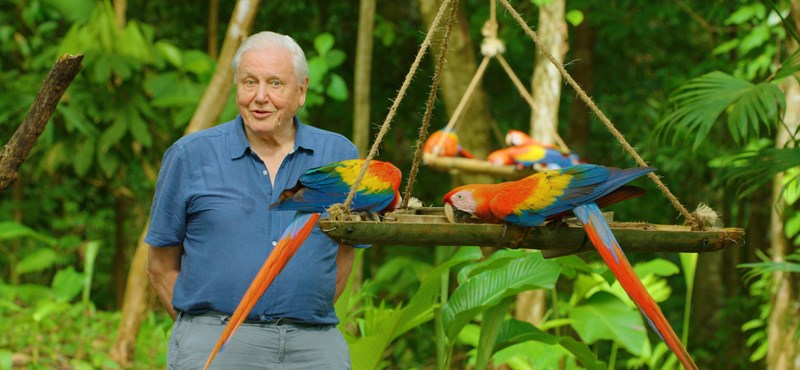
The number of independent editorial boards is steadily decreasing, and those that still exist are trying to stay afloat in light of the growing headwinds. At HVG, we persevere and not give in to pressure, bringing in local and international news every day.
That is why we ask you, our readers, to stand by us, support us, join and renew our membership!
We promise to continue doing our best for you in all circumstances!
Recommended from the first page
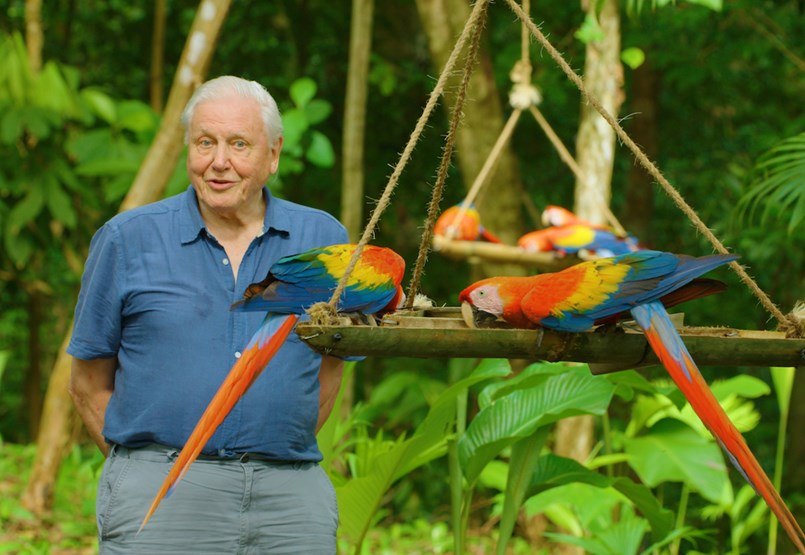
Eva Vandor
Fabulous

The vaccination will start on Thursday and will require parental consent.
Of the 16,000 purchased during the first wave of the epidemic.
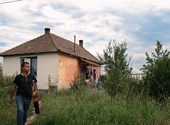
Anti prepares for the most important camp performance with fellow musicians. Will they be able to get to the concert on the big stage in Müpa?







